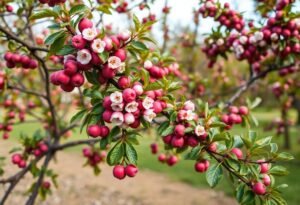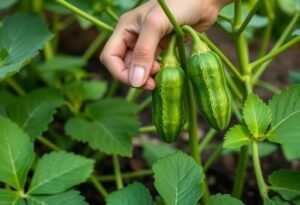A Brief History of Watermelon Cultivation
Watermelons have long been associated with warm summer days and backyard barbecues. Though originally considered exotic, watermelons have become a staple in many American gardens. Cultivation has adapted over time, making it possible for anyone to grow this delicious fruit regardless of their location. In the past, chilly winters posed a challenge, but modern gardening techniques have made it increasingly achievable.
Essential Conditions for Growing Watermelons
For watermelons to thrive, they require warm and sunny locations. Ideally, daytime temperatures should range from 70 to 90 degrees Fahrenheit. The soil should be rich, well-drained, and adequately hydrated. Adding organic fertilizers can significantly boost yields, making the effort well worth it. Growing watermelons requires dedication, but the reward of sinking your teeth into a perfectly ripe fruit makes it all worthwhile.
Popular Watermelon Varieties in America
In the U.S., several watermelon varieties flourish, each unique in taste, shape, and color. The ‘Sugar Baby’ is a favorite for small gardens due to its compact size and sweetness, while ‘Crimson Sweet’ boasts a larger size and extraordinary juiciness. Depending on your garden space, you can choose the best variety that suits your needs.
How to Plant Watermelons
The best time to start watermelon seeds is March or April. They can be sown indoors before being transplanted outside after the last frost. Ensure to leave adequate spacing between the seedlings; this allows each plant to breathe and grow properly. Once small fruits begin to form, you might reduce watering to encourage more robust fruit development.
Caring for Watermelons in Your Garden
Nurturing watermelons is crucial for achieving bountiful harvests. Regular watering, alongside weed management, is essential. Employing mulching techniques helps retain soil moisture and prevents excessive evaporation. Additionally, using potassium-rich fertilizers can lead to fruits that are both sweet and abundant.
Addressing Common Watermelon Issues
Just like with any plant, growing watermelons can come with its share of challenges. Keep an eye out for pests and diseases like powdery mildew or rust. Regular monitoring of plant health allows for swift action against concerns, boosting the chances of successful fruit production. With passion and patience, anyone can enjoy the fruits of their labor!
Conclusion
In conclusion, cultivating watermelons in America can be an exciting journey that brings immense joy and satisfaction. Proper preparation, care, and planting techniques are essential for magnificent outcomes. We encourage everyone to give growing watermelons in their backyard a try!
Disclaimer
The information provided in this article is for informational purposes only. Always consult with a gardening expert before undertaking any actions related to plant cultivation.

















